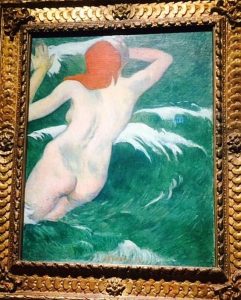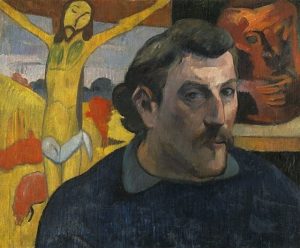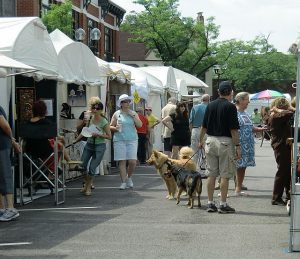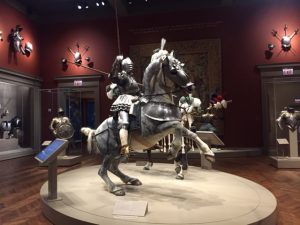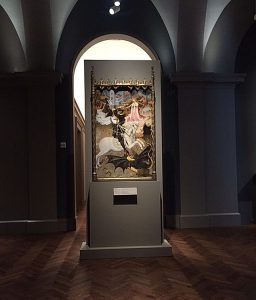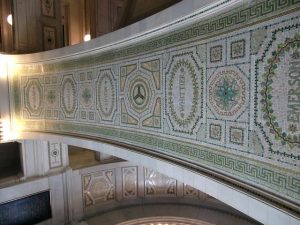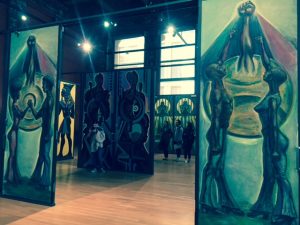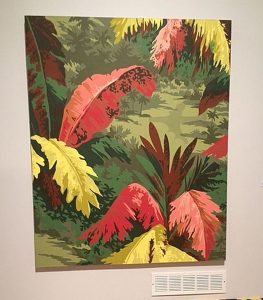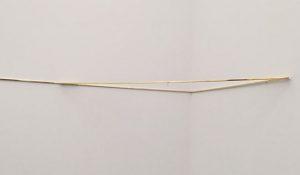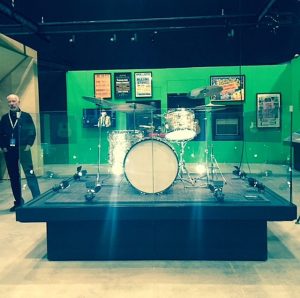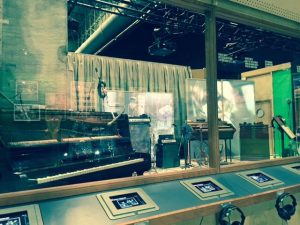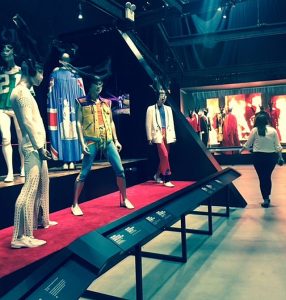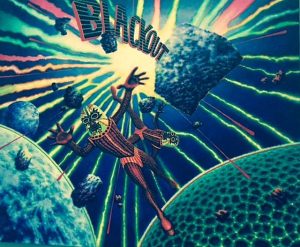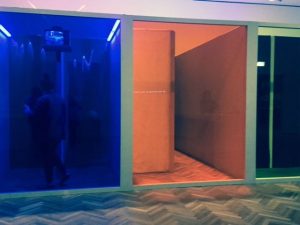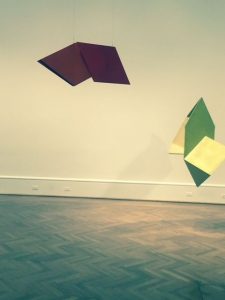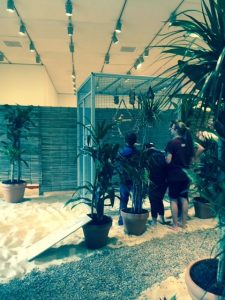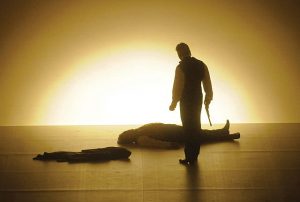Part of the fun of summer is walking around outdoor art fairs to see what a favorite artist is doing now, visit a suburb or neighborhood on the to do list and get the bod moving without having to exert the same muscles used for sports.
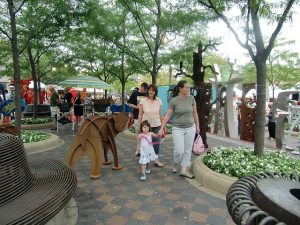
July 7-9 Downtown Chicago
After visiting the “Bean” in Millennium park, walk a couple blocks north on Michigan Avenue where you will spy the telltale white tents of an art show. About 130 artists will be there through 5 p.m. July 9. It’s the 9th annual Millennium Art Festival. For other information visit AmdurProductions.
July 15 & 16 Chicago’s Lakeview neighborhood
The 4th Annual Southport Art Festival, held in the Lakeview Nieighborhood, features about 130 artists on Southport Avenue from Waveland to Byron. It is hosted by the Southport Neighbor’s Association to benefits local causes. Hours are 10 a.m. to 5 p.m. For more information visit AmdurPrioductions.
July 22 & 23 Geneva
The Geneva Fine Arts Fair is a good chance to visit the charming town of Geneva, IL west of Chicago. The fair of approximately 175 exhibitors spreads out downtown from at 8 S. Third St. on Saturday and Sunday from 10 a.m. to 5 p.m. For more information visit EMEvents
July 29 & 30 Glencoe
About 130 artists set up booths downtown north suburban Glencoe the last weekend of July for the Annual Glencoe Festival of Art. The fair center is Park and Vernon Avenues. Hours are 10 a.m. to 5 p.m. BTW the interesting structure on Tudor Court a block north of Park Avenue is Writers Theatre designed by Jeanne Gang’s Studio Gang Architects. More information: Amdur Productions.
Aug. 5 & 6 Glenview
Art at the Glen features 185 arts in The Glen Tower Center, a section of Glenview, IL that used to hold the Glenview Naval Base that now has a mix of housing and commercial properties plus the Kohl Children’s Museum. Fair hours are 10 a.m. to 5 p.m. For other information visit Amdur Productions.
Aug. 19 & 20 Oakbrook
The Oak Brook Fine Art Festival is a chance to mix art and fall apparel shopping.It’s held at the Oakbrook Center Oakbrook Shopping Center, 100 Oakbrook Center. Hours are Saturday, 10 a.m. to 6 p.m. and Sunday, 11 a.m. to 6 p.m.. For more information visit Amdur Productions .
Aug. 26 & 27 Oak Park
The suburb of Oak Park, just west of Chicago is holding its Oak Park Avenue-Lake Arts Crafts Show in Scoville Park at Oak Park Ave and Lake Street. Operated by the American Society of Artists, the hours are Saturday, 11 a.m. to 7 p.m. and Sunday 9 a.m. to 5 p.m. Tip: You might want to look up Frank Lloyd wright’s Oak Park designed structures before you go so you know where to look on the way to or from the art fair. For more information visit the American Society of Artists. For other information visit American Society of Artists.
August 26 & 27 Highland Park
Among the top most popular art fairs, The Port Clinton Art Festival draws entries from all over the world and visitors from across the Midwest. About 265 artists’ booths take over the Port Clinton outdoor shopping square, Central Avenue and 1st and 2nd Streets. Hours are 10 a.m. to 6 p.m. For other information visit Amdur Productions.
August 26 & 27 Chicago’s Bucktown Neighborhood
The last weekend in August is also the Annual Bucktown Arts Fest. Approximately 200 artists will be in Senior Citizens Memorial Park, 2300 N. Oakley Ave & 2300 W. Lyndale St.11 am to 7 pm 200 Artists The Bucktown Arts Fest is a non-profit, all volunteer-run, neighbourhood celebration of the arts. The fair benefits arts education programming at Holstein Park and in the Bucktown/Wicker Park neighborhoods. For other information visit Bucktown Arts Fest.

